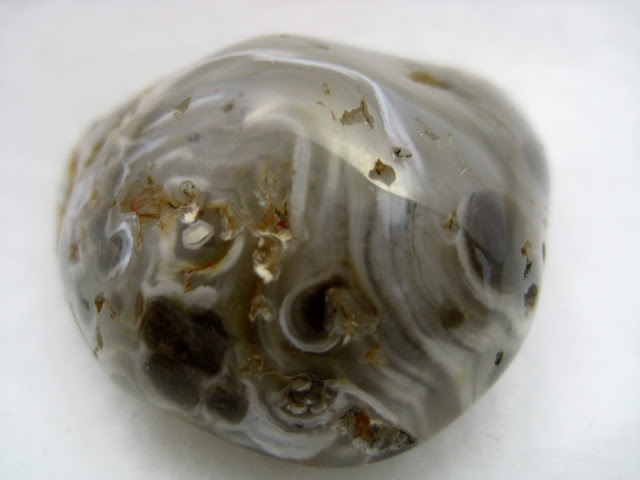Brazilian Enhydros Agate
Water Enhydros Agate from Brazil containing liquid water millions of years old. This and other treasures of Minerals, Brazilian Art, Semi-Precious Jewelry and collector pieces can be found at www.kundalinistones.com — at Edmonton, Alberta. Canada.
 |
| Brazilian Enhydros Agate - www.kundalinistones.com |
 |
| Brazilian Enhydros Agate - www.kundalinistones.com |
 |
| Brazilian Enhydros Agate - www.kundalinistones.com |
 |
| Brazilian Enhydros Agate - www.kundalinistones.com |
 |
| Brazilian Enhydros Agate - www.kundalinistones.com |
 |
| Brazilian Enhydros Agate - www.kundalinistones.com |
 |
| Brazilian Enhydros Agate - www.kundalinistones.com |
 |
| Brazilian Enhydros Agate - www.kundalinistones.com |
 |
| Brazilian Enhydros Agate - www.kundalinistones.com |
 |
| Brazilian Enhydros Agate - www.kundalinistones.com |
 |
| Brazilian Enhydros Agate - www.kundalinistones.com |
 |
| Brazilian Enhydros Agate - www.kundalinistones.com |
 |
| Brazilian Enhydros Agate - www.kundalinistones.com |
What is Enhydro? By Jan Styer-Gold
What is an Enhydro ~ Fluid Inclusion?
An Enhydro/Enhydros is described as a natural water or fluid filled chamber that is found within a crystal or mineral. Scientists prefer to call the majority of them “fluid inclusions,” not enhydros. Even though it is not always correct, wherever crystals with fluid inclusions are found for sale, whether at shows or on websites, the word "enhydro" is most commonly used and best known by hobbyists and mineral collectors as the name for all types of fluid inclusions. Scientifically, the term "enhydro" is usually reserved for two particular Agate formations containing water. All types are described below. Crystals containing water are also referred to as Enhydrite Crystals. The water/fluid is usually millions of years old and is most likely very pure. The crystals or minerals grow around the liquid deposits and trap it within forever, unless it is broken open by natural conditions or manipulation by man. A large majority of fluid inclusion chambers break during their growth cycle in the ground or after they are freshly pulled out of the ground by miners or collectors. This breakage may be caused by many factors, including changes in position, pressure, or temperature. Many also break in transit after being mined and sent to dealers, due to extreme changes in temperatures from different locations that they pass through on the way. If the temperature in their transport box goes below freezing, the water or fluid in the chamber can freeze and expand, causing the chamber to break open. The chamber will then be dry and empty once the crystal has defrosted. The liquid that was once within the chamber gets reabsorbed into the crystal itself and evaporates. Poorly packaged crystals also fall prey to breakage. It is wise to not ship such crystals or minerals when the possibility of a freeze may be likely to occur. An empty enhydro/fluid inclusion chamber may be referred to as a “Dry Enhydro,” which sounds more like an oxymoron to me than anything else.
http://www.rocksinmyheadtoo.com/Enhydros.htm
What is an Enhydro ~ Fluid Inclusion?
An Enhydro/Enhydros is described as a natural water or fluid filled chamber that is found within a crystal or mineral. Scientists prefer to call the majority of them “fluid inclusions,” not enhydros. Even though it is not always correct, wherever crystals with fluid inclusions are found for sale, whether at shows or on websites, the word "enhydro" is most commonly used and best known by hobbyists and mineral collectors as the name for all types of fluid inclusions. Scientifically, the term "enhydro" is usually reserved for two particular Agate formations containing water. All types are described below. Crystals containing water are also referred to as Enhydrite Crystals. The water/fluid is usually millions of years old and is most likely very pure. The crystals or minerals grow around the liquid deposits and trap it within forever, unless it is broken open by natural conditions or manipulation by man. A large majority of fluid inclusion chambers break during their growth cycle in the ground or after they are freshly pulled out of the ground by miners or collectors. This breakage may be caused by many factors, including changes in position, pressure, or temperature. Many also break in transit after being mined and sent to dealers, due to extreme changes in temperatures from different locations that they pass through on the way. If the temperature in their transport box goes below freezing, the water or fluid in the chamber can freeze and expand, causing the chamber to break open. The chamber will then be dry and empty once the crystal has defrosted. The liquid that was once within the chamber gets reabsorbed into the crystal itself and evaporates. Poorly packaged crystals also fall prey to breakage. It is wise to not ship such crystals or minerals when the possibility of a freeze may be likely to occur. An empty enhydro/fluid inclusion chamber may be referred to as a “Dry Enhydro,” which sounds more like an oxymoron to me than anything else.
http://www.rocksinmyheadtoo.com/Enhydros.htm

No comments:
Post a Comment
Note: Only a member of this blog may post a comment.